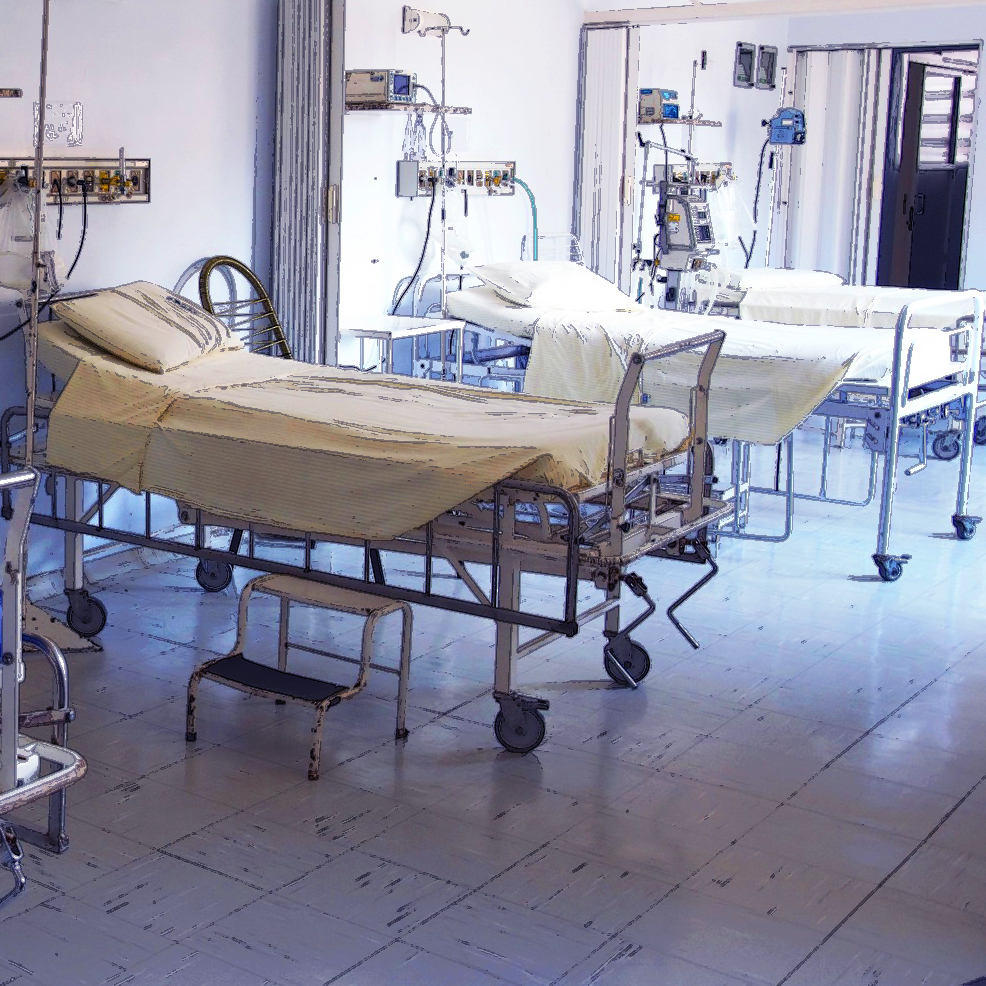 There’s a major source of potential infection in hospitals, and despite being an area that everyone touches and sees, it has typically been considered non-critical in terms of needing to be cleaned and considered a focus of infection control procedures. To find this source of infection all you need to do is look down-
There’s a major source of potential infection in hospitals, and despite being an area that everyone touches and sees, it has typically been considered non-critical in terms of needing to be cleaned and considered a focus of infection control procedures. To find this source of infection all you need to do is look down-
It’s the floor.
That’s right, the innocuous floor is usually overlooked for disinfectant cleaning, and is not treated to the same procedures that areas high on the infection control list are. They were considered a highly unlikely source of passing on anything infectious, but a team of researchers have found that they actually do pose a threat and published the results of their study in the American Journal of Infection Control.
The researchers performed the study by swabbing floors in hospital rooms, with a mix of rooms that both did and did not have a patient suffering from a C. diff infection. The goal was to see if any of the C. diff pathogen was present on the floor within the rooms. During the examination of the swab tests, the researchers found that on fifty percent of the floors the C. diff pathogen was present. They also found that many of the room floors had a contamination of MRSA and VRE, two infectious bacteria that are highly resistant to most antibiotics.
Even with the presence of these pathogens, the floor may still not seem to be an infectious area, since it would seem like nothing touches the floor that could cause transmission of the pathogens. However, the researchers took this into consideration and found that in forty-one percent of the rooms there an object touching the floor that would be touched by someone later on, such as medical devices or linens and towels. When a patient or medical worker touches these objects they will now be contaminated with the pathogens from the floor, even if the rest of the room is sanitary.
When tested, the researchers found that the pathogens were present on healthcare worker’s hands after handling an object that came into contact with the floor. C. diff was found on three percent of the hands, VRE was present on six percent, and MRSA was discovered on 18 percent.
Since this is a new discovery it’s not sure how this should fit into current infection control procedures, but it shows that some sort of alternate floor cleaning method should be considered, since mopping floors has been shown to spread germs and bacteria between surfaces.

